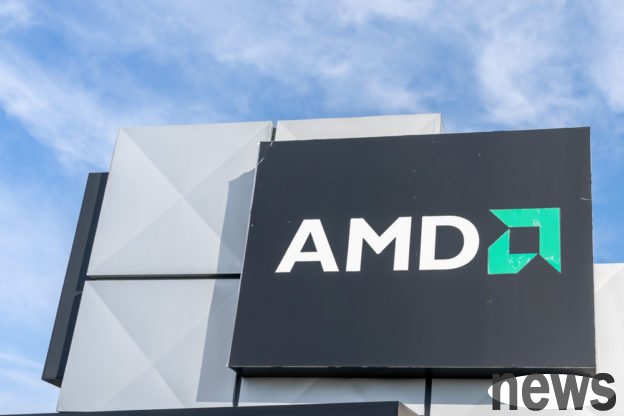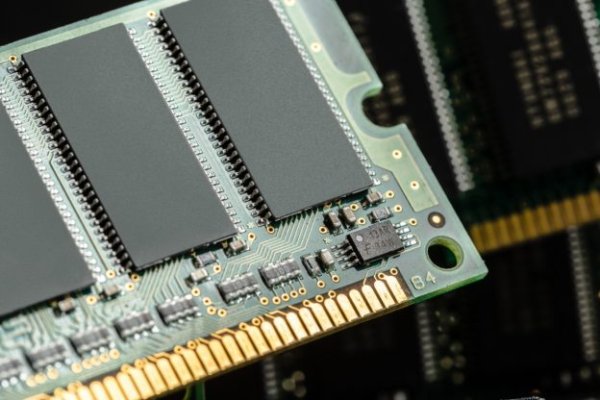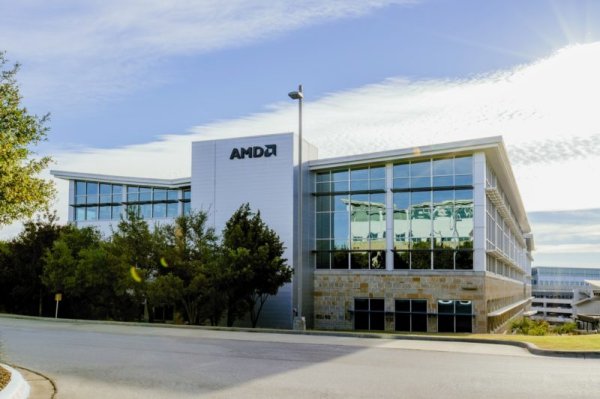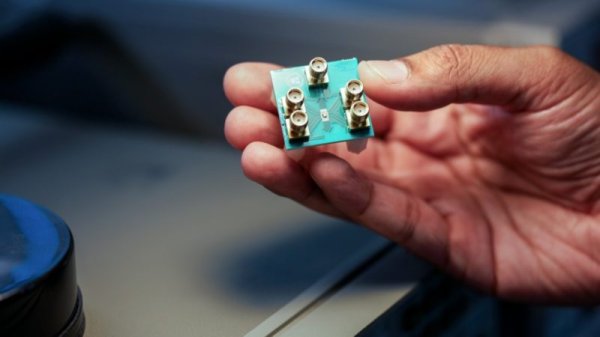Continued discussion of NVIDIA’s investment in Intel: Is AMD in big trouble?

Although NVIDIA’s $5 billion investment in Intel has not yet been approved by regulatory authorities, the market has already sparked heated discussions about possible cooperation between the two. The most eye-catching thing is that NVIDIA mentioned that it will jointly develop the x86 architecture Intel RTX SoC with Intel. It is also regarded as targeting AMD, which has been working hard in the APU field for a long time. Is AMD in big trouble?
In fact, the term APU was specially proposed by AMD to promote that the CPU has a built-in graphics card with excellent performance. To put it bluntly, it is a CPU with integrated display function, also known as SoC (System on Chip), which can be seen in most laptops.
It is true that before Intel launched the Arc CPU with built-in graphics, if you were looking for a laptop with good graphics capabilities and no independent graphics, AMD was indeed your first choice. After all, the predecessor of the GPU department was ATI, which was able to compete with NVIDIA back then. AMD has indeed achieved an absolute leading position in the home console and e-sports console markets with its excellent internal graphics.
Although Intel caught up from behind and introduced its own Arc display unit starting with Meteor Lake, and even Lunar Lake delivered graphics performance that was almost equal to that of its opponents, AMD still benefited from more real-time drivers and more diverse gaming experience gains (such as FSR, AFMF), and is widely considered to be the leader in internal graphics.
However, this situation is likely to change with the cooperation between NVIDIA and Intel. Needless to say, NVIDIA's strength in the field of graphics display. If it really cooperates with Intel to launch an SOC with an RTX display unit, AMD's long-term internal display advantage may disappear in an instant.
What do consumers want?Although AMD has just launched Strix Halo with higher specifications of internal graphics this year, and seems to be taking advantage of supporting unified memory to break new ground in the professional field, the fact is that AMD is still at a disadvantage in the professional field. Once the RTX SOC comes out, CUDA developers who previously struggled with the lack of lower-priced processors will definitely join Intel immediately. In addition, this processor does not use the rare Arm architecture like the N1X, but a more developer-friendly x86 architecture. It will be more convenient for developers to switch from Strix Halo or Strix Point to the RTX SOC.
So in the face of this processor that may destroy AMD’s APU leading position, can all AMD can do is pray that the cooperation between NVIDIA and Intel will fail? The answer is probably true. I believe everyone is familiar with CUDA, but ROCm, which AMD strongly promotes, is only in its infancy. Taking the Windows platform as an example, it was not until the end of last month that AMD released the ROCm 6.4.4 preview version of independent RX 9000 and RX 7000 series GPUs that support PyTorch and also supports Ryzen AI series APUs.
But this learning curve does not exist for NVIDIA: as long as the GPU core is CUDA, developers can use massive APIs or libraries to make professional applications at any time. So although this RTX SOC is a big trouble for AMD, I still hope to see it come out smoothly. After all, competition is always beneficial to consumers.
Further reading: The reason why AMD put NPU into handheld console processing is revealed. Is NPU no longer useless? Slow down on CPU updates now, Intel



